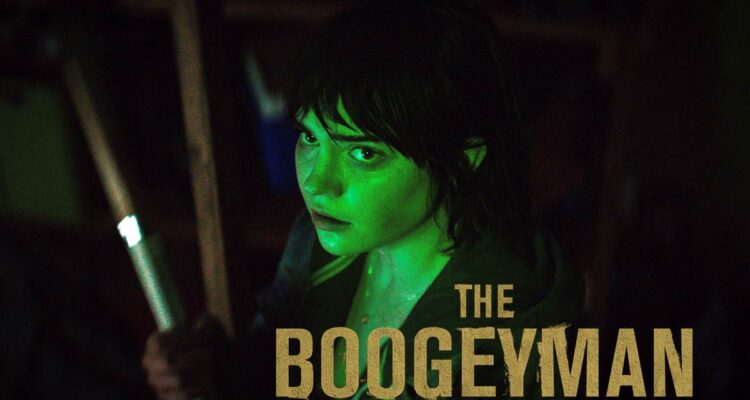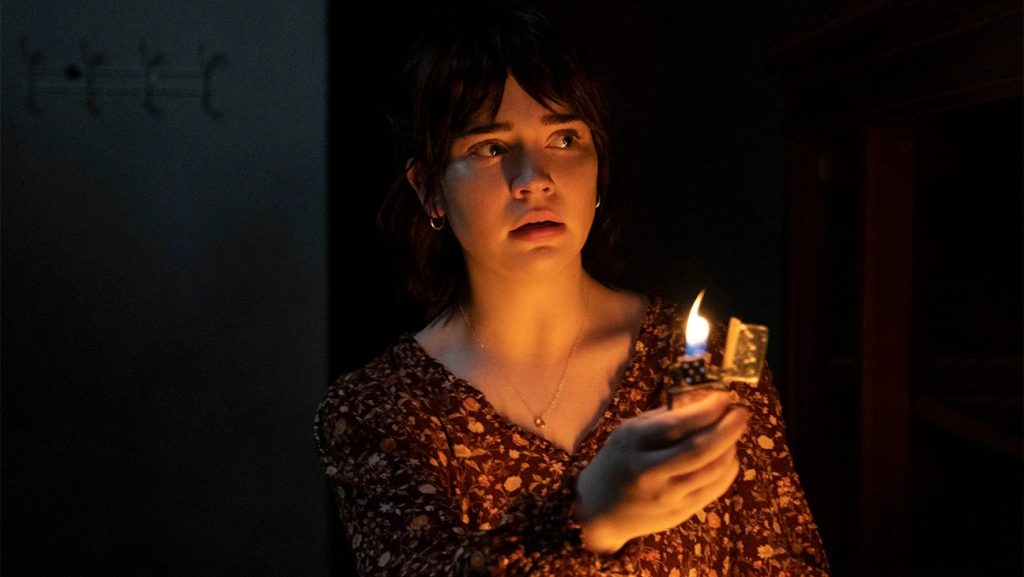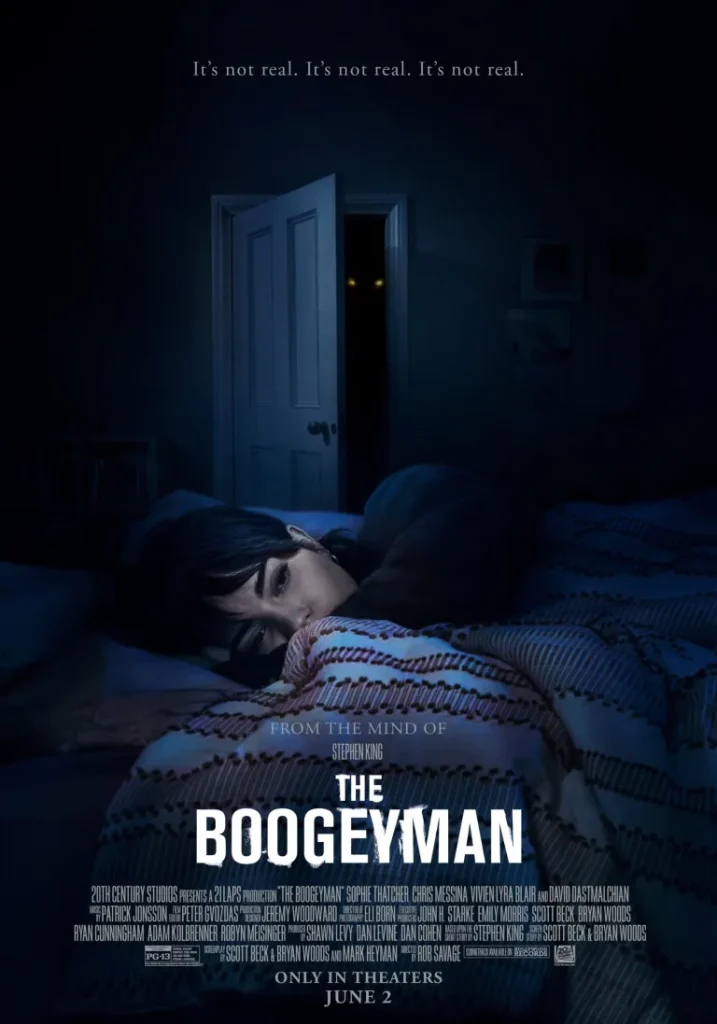While The Boogeyman features anchoring performances and polished production qualities, its heavy reliance on horror tropes and logical inconsistencies undercut its attempts at crafting a nuanced portrait of grief or truly unsettling suspense. Director Rob Savage establishes the promising vision of a monster metaphor for grief and loss, but stumbles in executing that vision cohesively.
In adapting Stephen King’s ambiguous short story into a literal monster movie, the screenwriters have fundamentally weakened the tale’s effect. King’s story left it to the reader’s interpretation whether the boogeyman was a real creature or manifestation of a dark psyche. The film establishes rules around a boogeyman that feeds on grief but fails to follow them logically. When the boogeyman first appears in the room that was mother’s art studio, preying on the family’s raw pain, it hints at the sinister potential of this metaphor. But the film squanders opportunities for psychological complexity, relying instead on a contrived alien-like creature not believably tethered to the emotions it’s meant to embody.

While the plot stumbles, lead actress Sophie Thatcher anchors the film with her layered performance as grieving 16-year-old Sadie, skillfully carrying much of its emotional weight. We see Sadie grow up and into a protector of her younger sister before our eyes as she challenges her father’s poor handling of grief by wearing her mother’s dress and trying to save her art studio. Thatcher makes Sadie’s pain, maturity, and fiercely loving spirit believable. In supporting roles, Chris Messina and young Vivien Lyra Blair as Sawyer round out this family portrait, though Messina’s character Will suffers from an underwritten role with little material to convey the depths of a man lost without the love of his life.
The Harper family home is well-realized, dotted with traces of the missing wife and mother, grounding the film in loss. Yet the illogical isolation of Sadie and Sawyer in key moments severely undermines believability and sustaining tension. When not relying on this trick, the film leans heavily into jump scares and horror tropes rather than crafting real atmosphere or dread. Supporting characters and sequences, like those involving a contrived mean girl bully and a confrontation with the boogeyman’s first victim’s widow, feel needlessly shoehorned in, padding the runtime rather than adding real substance.

While Savage demonstrates a capable hand with visuals and sound, less outright tricks in favor of nuance could have made the horror genuinely unsettling. The over-the-top creature effects and illogical “fear of the dark” moments elicit more eyerolls than chills, undermining opportunities for stark metaphor. Tighter logic and consistency, making the creature and grief more intimately entwined, may have saved this adaptation and given space for its earnest portrait of loss to resonate. With more patience in crafting atmosphere over outright frights, The Boogeyman’s promising vision may have reached haunting heights. As is, it remains a stumble in execution and missed chance at psychological nuance within the horror genre.

